Left 4 Dead Survival Pack - hands-on
Valve takes you on an exclusive tour of the new Lighthouse map!
Survival Boot Camp
It would be tempting for the casual observer to pigeonhole L4D’s survival mode as “just like” Call of Duty’s Nazi Zombies or Gears 2’s Horde, but that would be dead wrong. There are definitely similarities, but L4D has several key differences that make it a unique experience. In typical Valve fashion, gameplay has been distilled down to its purest form and then delivered intravenously in a potently stupefying dose of awesome.
Rather than take a half-hour to ramp up, Left 4 Dead’s survival mode goes straight for the jugular. If you’ve played Nazi Zombies or Horde, you’ve undoubtedly exploited the tactic of baiting the final enemy of a wave, holding off on killing him till your team is regrouped and resupplied. L4D’s waves come on a timer, not on a per-quantity basis, so you earn your break by working quickly and efficiently to open up free time between onslaughts. Eventually, though, there’s nothing but an endless wall of zombies dragging you to your doom. It made for a quick jump-in-and-play experience that felt much more instantly gratifying than Horde or Nazi Zombies, where you might invest 30-40 minutes fighting the idiotically simple early waves only to have your team instantly crushed into goo when the difficulty suddenly spikes. “It’s vital that survival time is based on skill level, and not just having a point where suddenly everyone goes off a cliff,” Chet explained. “The original Driver on PlayStation had a survival mode that was a great influence.”
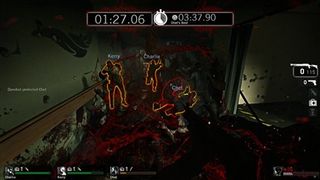
Above: Swimming in gore
You start survival mode in a zombie-free map that’s been stocked with heaps of weapons, explosives and items. As in all crescendos and finales, the horde won’t descend until you alert it. This gives you a chance to stock up on supplies, strew explosives around the place and strategize with your teammates. Minor modifications have been made to suit the flow of carnage in survival play. For example, in the No Mercy elevator crescendo, many of the rooms around the elevator doors are off-limits until the mob breaks through the walls to open them up. Like in versus maps, areas that are overly favorable to the survivors have been altered or removed, so teams won’t be able to rack up easy time by closet camping. By eliminating exploits, the team’s score becomes a measure of actual skill. In practice it gave the maps a frantic, nowhere is safe feeling and forced our team to stay on the move as the mob ebbed and flowed.
The swarm was so intense that we were hard pressed to choke down some pain pills, much less use a health pack or make an ammo run. If a teammate did go down, the remaining three had to work in unison – one reviving, two defending – to get the unlucky survivor back up. You get only one health pack each, and ultimately there are no happy endings. You are going to die, and all that remains will be your best time posted to the global leaderboard. The entire team gets the same score, so there’s extra incentive to help each other out.
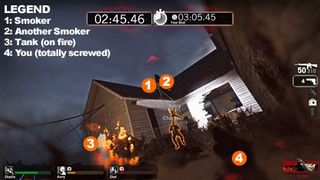
Crossing certain time thresholds earns the team medals. The time needed to earn a medal will vary from map to map, but will be in the range of 4, 6 and 8 minutesfor bronze, silver and gold respectively. On our best run got close to 6 minutes, but were devastated when two tanks and several other special infected mobbed us. Check out the video of our valiant last stand:
One last note on survival mode. During our session, no one ever picked up the sniper rifle. There was some contention that it is not totally useless, because it conserves ammo well, is good for picking off smokers from the top of the lighthouse and in a tight spot can blast through multiple zombies with one shot. With some experimentation you may find something that works for you, and isn’t that part of the fun of playing L4D anyway?
Sign up to the 12DOVE Newsletter
Weekly digests, tales from the communities you love, and more
Next page: New versus maps, and why there are no 360 Achievements
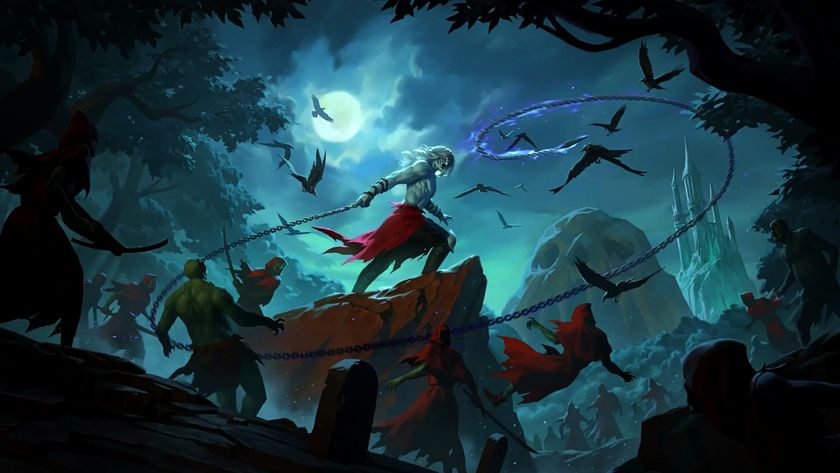
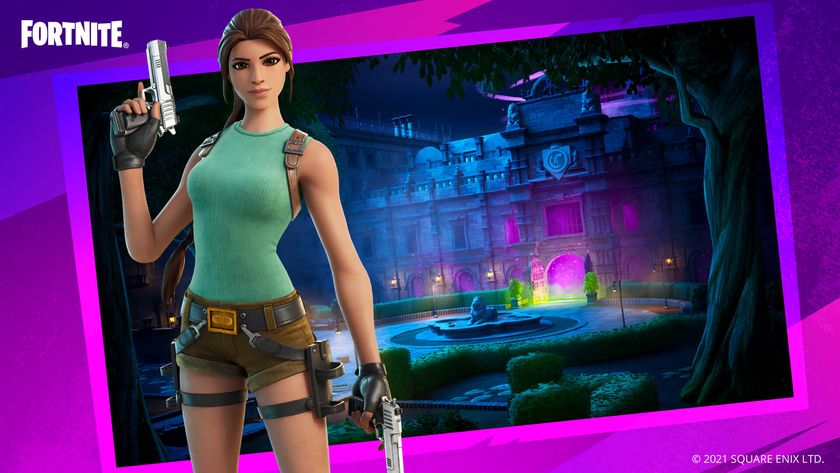
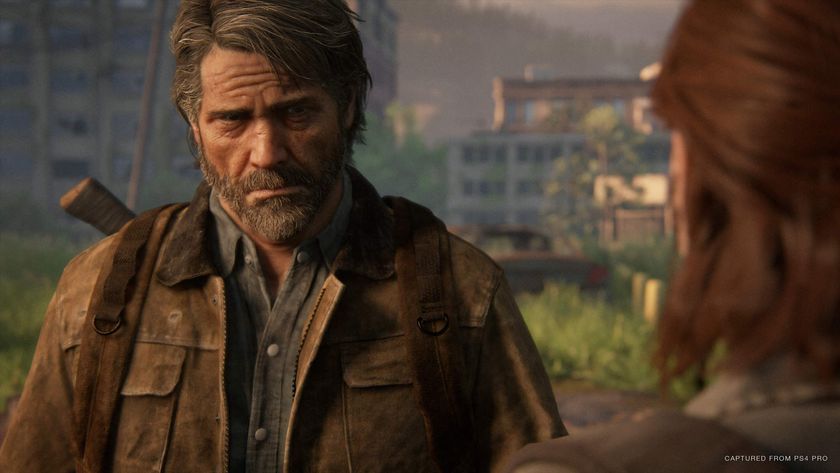

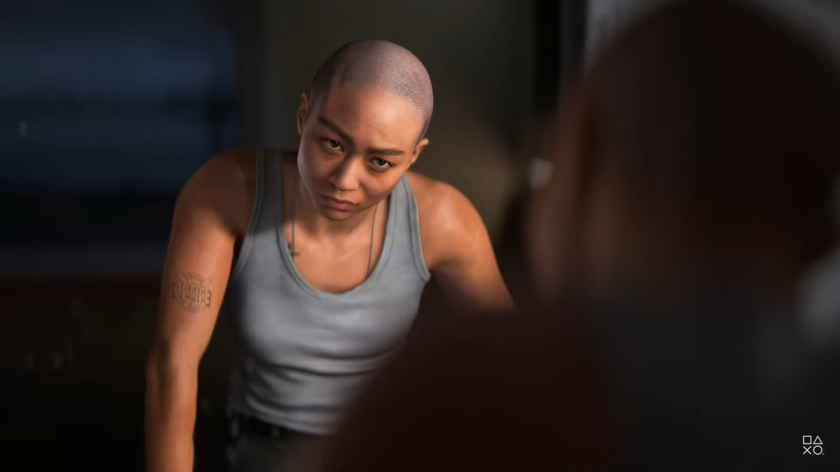








After 37 years, this Commodore 64 classic returns with a new Metroidvania sequel that gives serious old-school Castlevania vibes

Fortnite has had Tomb Raider's Lara Croft locked away in battle pass exclusivity jail for almost 4 years, but she's reportedly getting a new skin very soon





